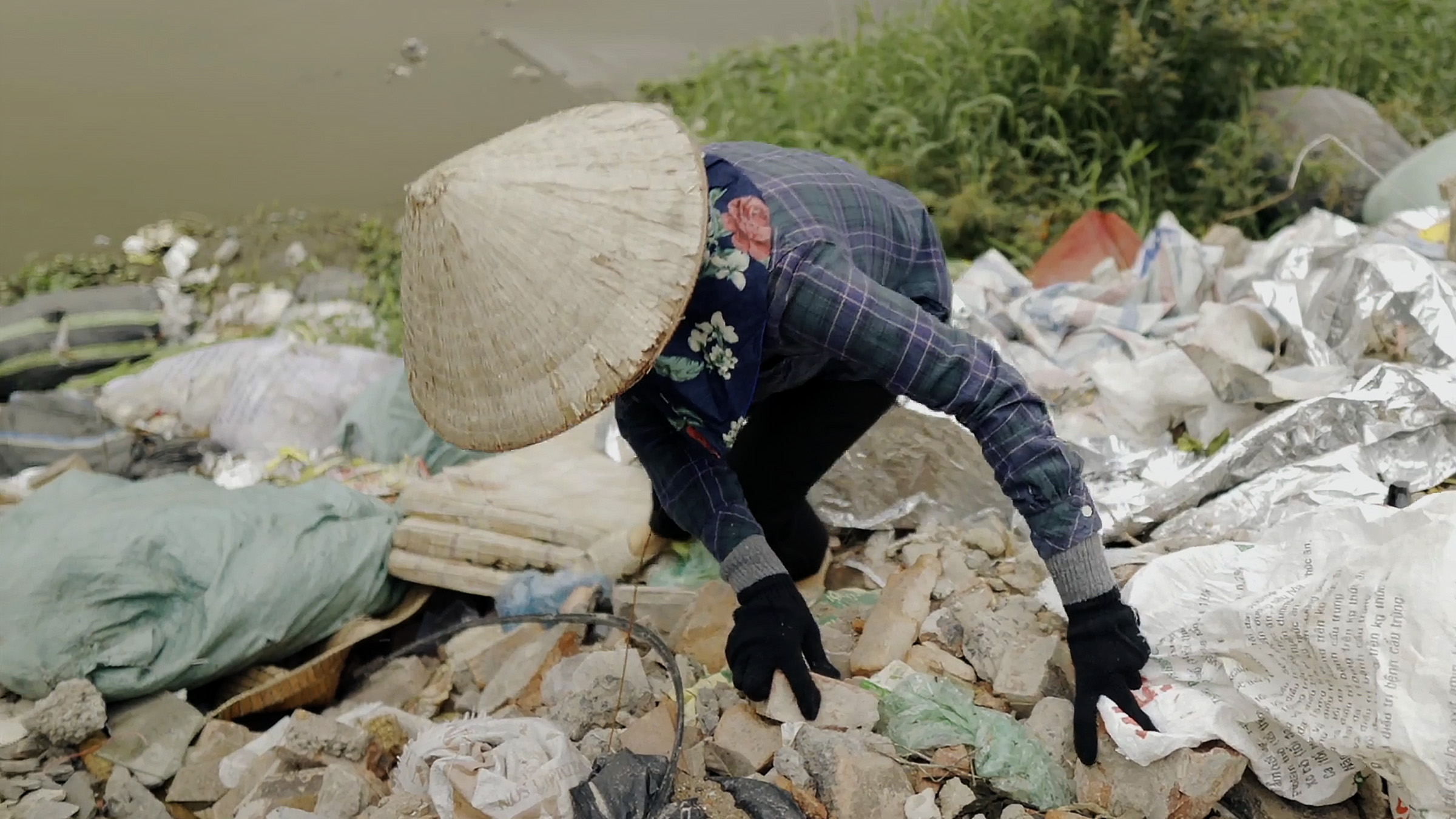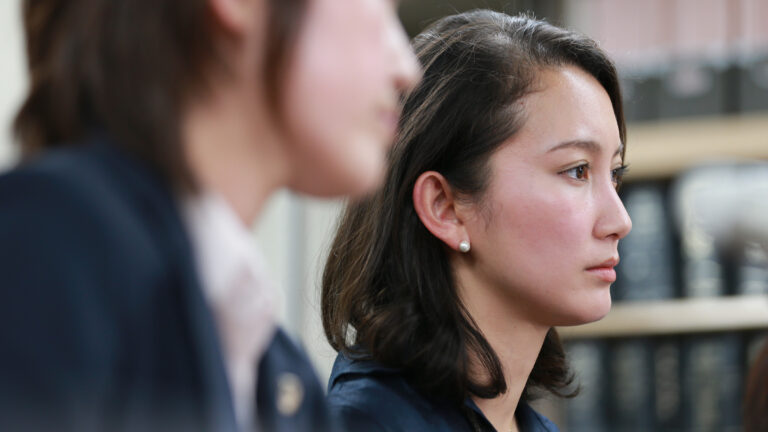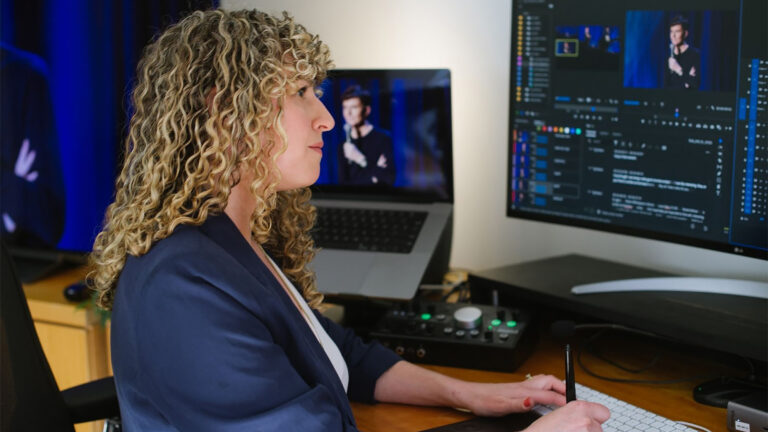Let’s face it. After the last couple of years, we all crave feel-good stories with happy outcomes.
So unless your name is Ebenezer Scrooge, you’re probably going to love our “season of giving” installment of Made in Frame.
This year, we’re highlighting a creative studio that uses Frame.io to better collaborate with their international clientele.
But what’s different about Viewzz, the Vietnam-based architectural visualization firm, is that they’re not just in it for the sake of making the business profitable—they’re in it to actually change lives.

REACHing for change
Viewzz is a fully owned subsidiary of the REACH charity, whose mission is to transform the lives of Vietnamese young people living in abject poverty or violent situations, suffering from disabilities, or are victims of human trafficking.
By providing vocational training to students who would otherwise not have access to proper education, REACH gives disadvantaged youths a chance for a better life.
Founded in 2004, the foundation has so far helped more than 18,000 people find steady, good-paying jobs that lift them—and their families—out of poverty.
Tam Pham, the executive director of REACH, is also the CEO of Viewzz, which she set up as a social enterprise with profits going directly to REACH.
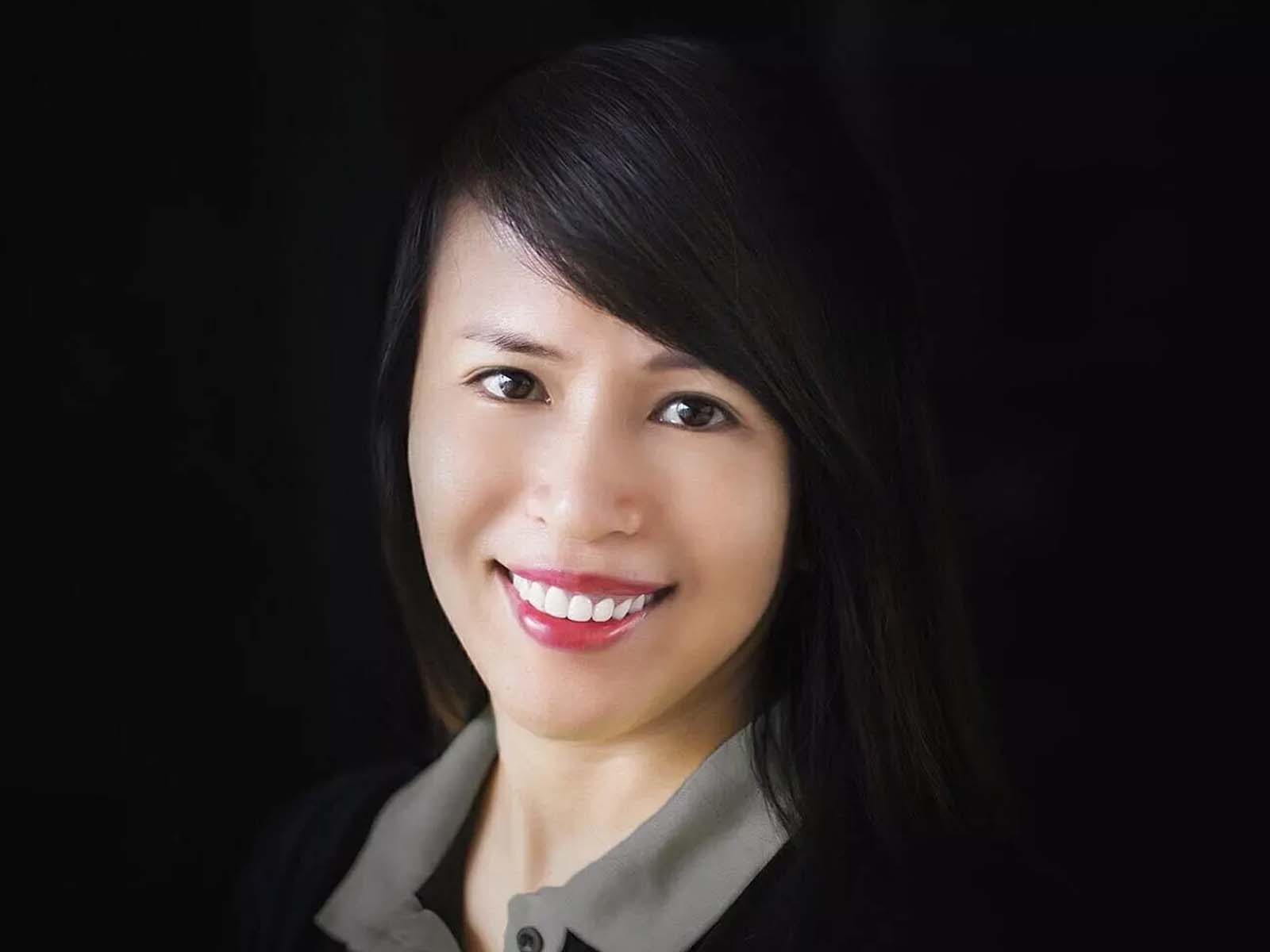
So where does Frame.io come into the picture?
Viewzz delivers stunning real estate visuals—3D architectural visualizations and animations, as well as home staging and 3D virtual walk-throughs—to customers all around the world. Their detailed, high-end work requires them to collaborate with developers, architects, and interior designers—many of whom are not necessarily familiar with video collaboration software.
It’s part of why Viewzz selected Frame.io as their work-sharing platform. “If we can make it faster and easier for the client to give feedback to our production team, we can save time,” Tam says.
For Viewzz, saving time translates into tangible rewards—money that can go to REACH to make a real difference in real people’s lives.
How big a difference? Take, for example, the story of Mai, a young woman who had to teach herself to read and write because her parents didn’t send her to school along with her sisters. Mai was born without two functional arms, but learned how to write by holding a pencil with her foot. When she finally came to REACH, they taught her how to become a graphic artist, which she also does using her feet.
Now, instead of being confined to her house, she leads a full and productive life, with ambitions of advancing in her new career.
And this is only one of thousands of similar stories made possible by Viewzz and REACH.
A modern workflow
Tam was initially one of a small handful of people to get REACH off the ground.
With her business school background (an M.A. in Economics from the Institute of Social Studies in the Netherlands) and post-graduate work with Plan International, she came with excellent connections to international donors. But her goals for REACH exceeded what could be funded solely through donations.
Education is critical in tackling harmful gender norms, and empowering girls to drive change. It gives girls the skills to become leaders, innovators, and change makers, and to tackle future crises. #EducationShiftsPower pic.twitter.com/jFrw3pmiib
— Plan International (@PlanGlobal) November 22, 2021
Tam’s vision was to create a business model in which a for-profit endeavor could help fund the charitable organization. She and her partners conceived the idea for Viewzz, which began operating as a business in 2020.
The cost for producing quality real estate visuals is surprisingly high, mostly because many of the firms who provide this service are based in expensive cities. Labor costs in Vietnam, now considered to be a “middle-income country,” are relatively lower, but the talent pool means that Viewzz can deliver excellent results while paying their staff (which includes several REACH graduates) a proper wage.

Of course, now that the cloud has made working remotely accessible to anyone with an internet connection, geographic location has become irrelevant, and Viewzz is able to easily service their international clients in places like Europe and Canada.
With a current staff of approximately 60 artists, they have a full-service operation that includes everything from photo retouching to creating full 3D environments.
Their toolset includes 3ds Max for modeling and animation, with V-Ray and Corona for rendering. They also use Adobe After Effects, and a variety of plugins to create, for example, greenery in their outdoor environments.
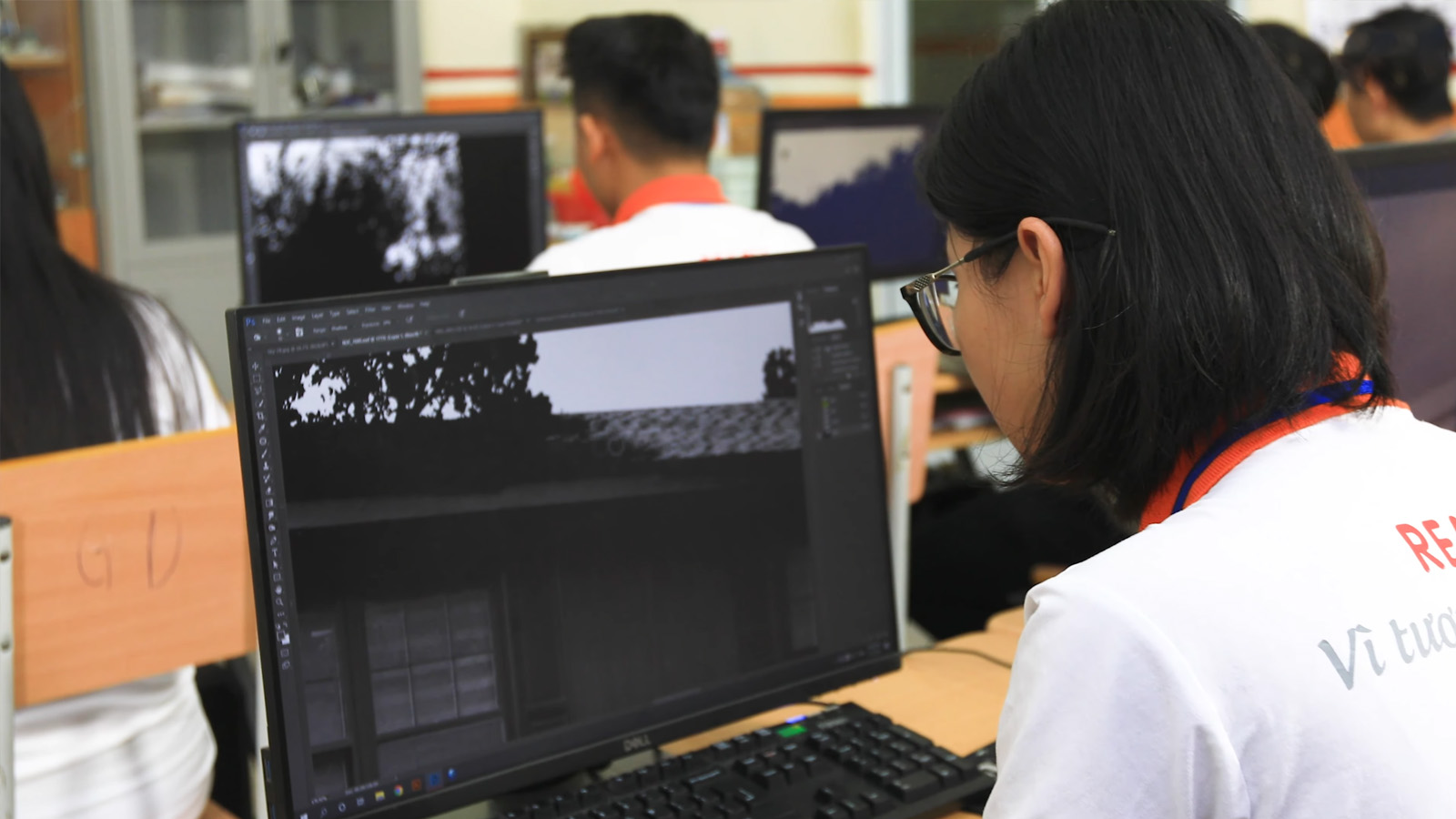
And then there’s Frame.io, which they use for the entire production cycle from the beginning through delivery.
“Clients send us the images or photos for us to work from, which we input to Frame.io,” Tam says.
“We share those assets with the production team, and when they have the first round of work ready to share with the clients, we send them a Review link. They don’t even need an account, and they can leave us feedback. We may have several rounds of notes and revisions, and it’s an easy process for the client.”
Viewzz also appreciates that Frame.io lets them control which internal comments the clients can see, and how simple it is to change the status of a project or asset to indicate when it’s been approved. And as a company that’s creating stunning images, they take advantage of Frame.io’s branding features so they can show off their beautiful work to their clients in a custom-branded presentation.
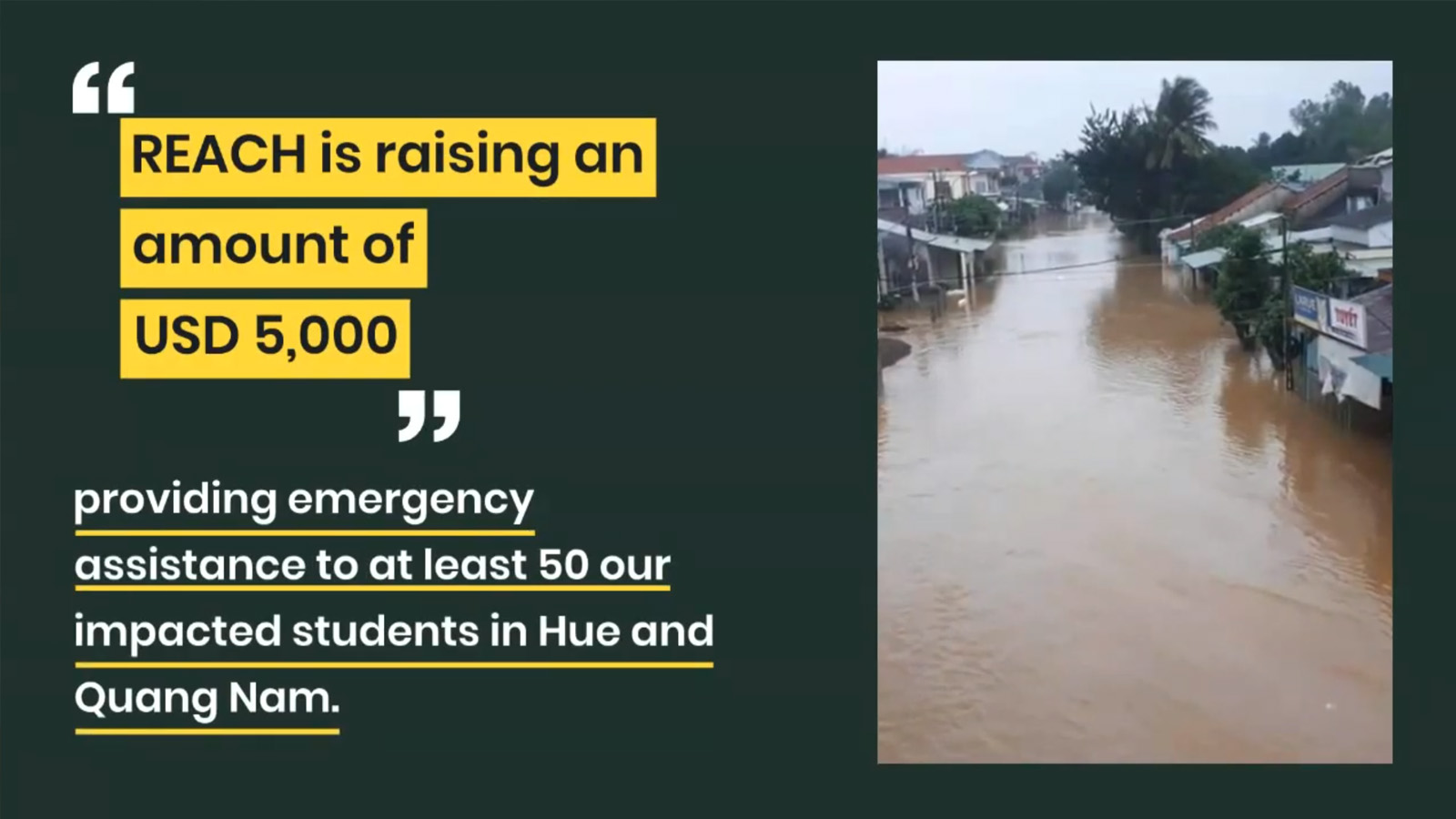
One unexpected benefit to having Frame.io as part of their workflow was during COVID.
Although Viewzz has two offices, the pandemic meant they had to work from home—which they were able to do without inconveniencing their clients.
Unlike so many of the REACH students who work in the hospitality industry and were affected by the impact of COVID, the Viewzz staff was able to continue working through the pandemic, and REACH was able to help some of the furloughed students by providing stipends and meals.
A self-sustaining cycle
The fact that Tam values the frictionless experience that Frame.io affords their clients is no surprise—any CEO would want that.
But for Tam, because the goal isn’t “just” about having happy clients, but also about growing Viewzz so they can help REACH more students, it’s literally a matter of making the world a better place for more people.
“When our clients have a great experience, they’re more loyal to us. And when you have loyal clients, they’re more likely to recommend you to others,” she says.

Tam’s vision for the future is to triple, or even quadruple, the number of artists at Viewzz—which means doubling or tripling the number of students they can accommodate at REACH.
At present, they have no on-site student housing, which she hopes to remedy in the future. She tells the story of another graduate, Em, a young woman who was the victim of her father’s violent temper and ran away from home at age 10. She lived on the streets, doing whatever she had to in order to scrape by.
As Tam points out, girls like this are vulnerable to prostitution and human trafficking. But Em was lucky enough to land at REACH, where they taught her to become a hairdresser. After working in salons, she was able to open her own, which functions (like Viewzz) as a social enterprise to help other young women with stories similar to Em’s.
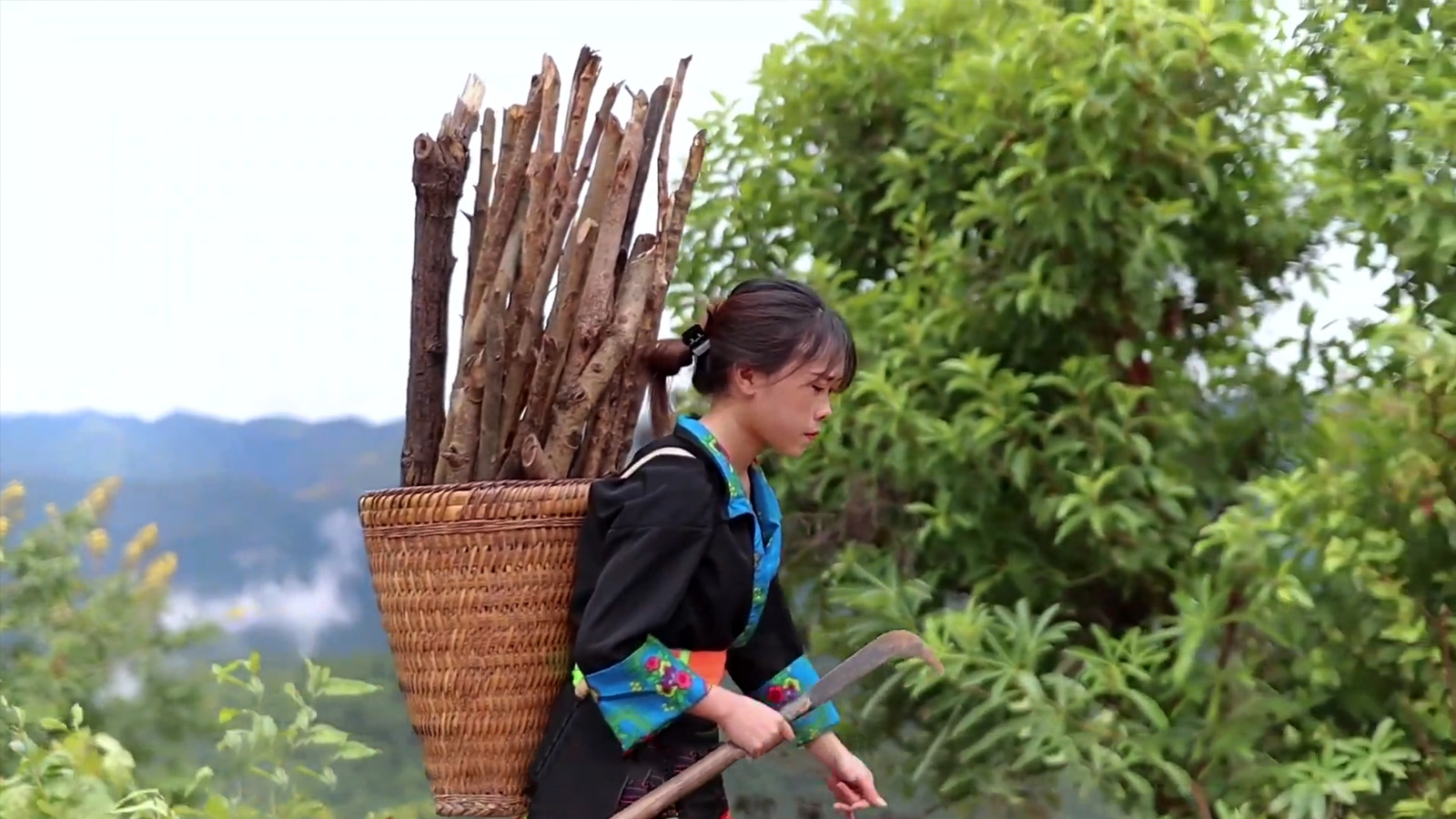
It’s this kind of self-sustaining cycle that Tam hopes will continue to gain momentum in the years to come.
“Like Em, with her hair salon, there will be other businesses that form the backbone of a growing community. The graduates support the new students in that ecosystem and help us generate, and regenerate, income for REACH,” she says.
Successful collaborations
REACH has been successful because they take a methodical, multi-step approach to achieving their mission.
First, they collaborate with other NGOs to help identify people in need—those who rescue women from human trafficking at the borders, for example.
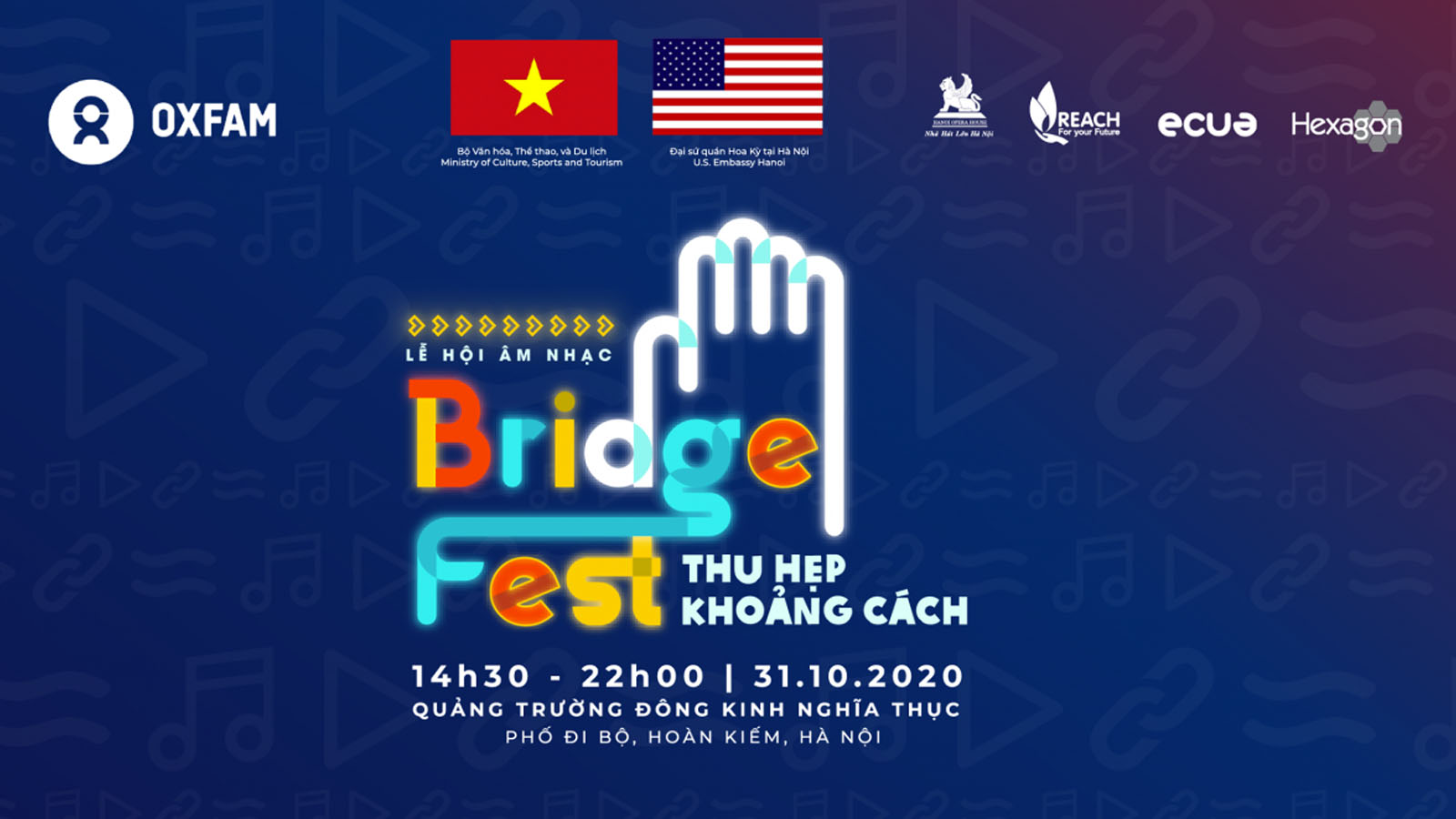
Next, they identify the needs of the community so they can create training programs to help solve the gaps in the talent pool for everything from web and graphic designers, to chefs and bartenders, to sales and marketing.
Once a student enters the six-month program, they’re trained in the discipline itself and take supplemental courses including English language skills and, if they have disabilities, how to adapt to a future work environment.
After graduation, the students are placed in jobs, and their progress is monitored to ensure that they’re appropriately placed and thriving.
I see the trends in the lives of the people we’re working with, and there are so many inspiring stories.
The result? According to Tam, more than 80 percent of the students are employed after graduation and stay in their jobs. REACH has garnered numerous international accolades and awards for their work, but that’s not why they do what they do.
For Tam, it’s far more personal. “I’ve been committed to this mission for about 18 years and this is my passion. We’ve grown from a startup of five people and now have over 100 people in the REACH organization and are able to help more than 1,000 young people each year,” she says. “I see the trends in the lives of the people we’re working with, and there are so many inspiring stories.”
At Frame.io, we feel so fortunate to work with creators from all segments of the industry who tell all sorts of compelling and important stories. It’s our belief that stories educate us, and celebrate our differences while connecting us. It’s why, from the beginning, Frame.io was conceived to enable collaboration without barriers.
But when we hear that our customers are using Frame.io to collaborate in ways that are truly life-changing, there’s almost nothing more gratifying. We hope that this particular story inspires you as much as it inspires us.

